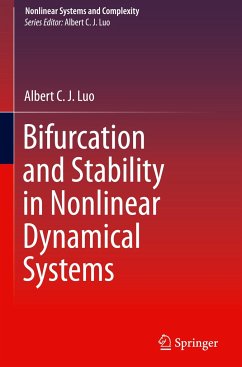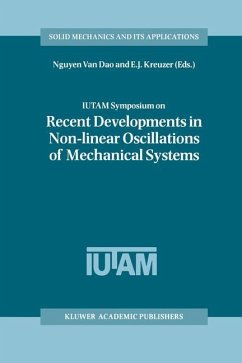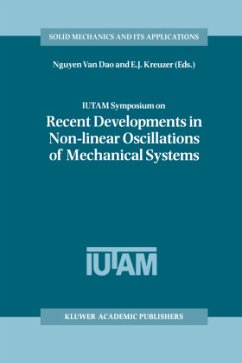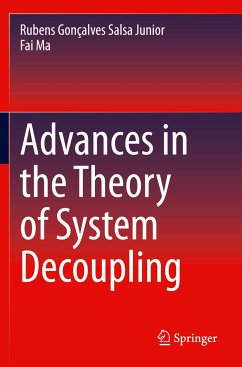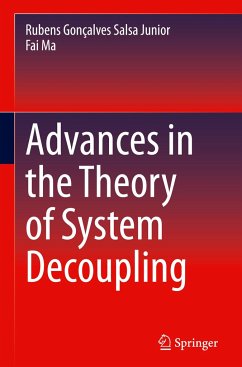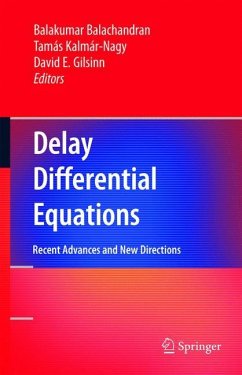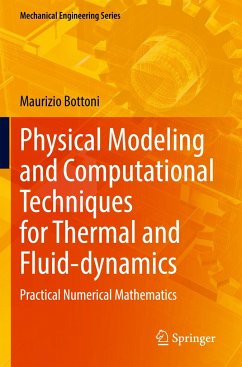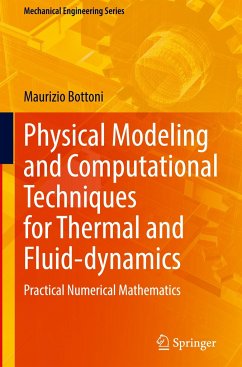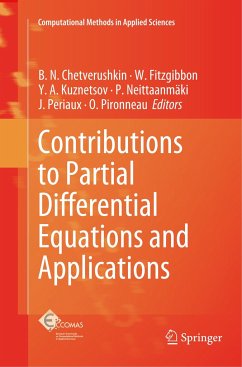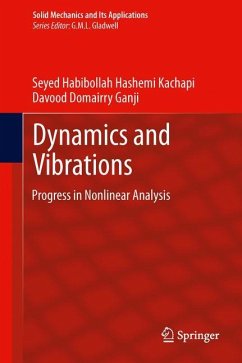
Introduction To Lagrangian Dynamics
Versandkostenfrei!
Versandfertig in 6-10 Tagen
49,99 €
inkl. MwSt.
Weitere Ausgaben:

PAYBACK Punkte
25 °P sammeln!
This volume provides a short summary of the essentials of Lagrangian dynamics for practicing engineers and students of physics and engineering. It examines a range of phenomena and techniques in a style that is compact and succinct, while remaining comprehensive. The book provides a review of classical mechanics and coverage of critical topics including holonomic and non-holonomic systems, virtual work, the principle of d'Alembert for dynamical systems, the mathematics of conservative forces, the extended Hamilton's principle, Lagrange's equations and Lagrangian dynamics, a systematic procedur...
This volume provides a short summary of the essentials of Lagrangian dynamics for practicing engineers and students of physics and engineering. It examines a range of phenomena and techniques in a style that is compact and succinct, while remaining comprehensive. The book provides a review of classical mechanics and coverage of critical topics including holonomic and non-holonomic systems, virtual work, the principle of d'Alembert for dynamical systems, the mathematics of conservative forces, the extended Hamilton's principle, Lagrange's equations and Lagrangian dynamics, a systematic procedure for generalized forces, quasi-coordinates, and quasi-velocities, Lagrangian dynamics with quasi-coordinates, Professor Ranjan Vepa's approach and the Hamiltonian formulation. Adopting a step-by-step approach with examples throughout the book, this ready reference completely develops all of the relevant equations and is ideal for practicing mechanical, aeronautical, and civil engineers,physicists, and graduate/upper-level undergraduate students.
Explains in detail the development of the theory behind Lagrangian dynamics in a practical fashion;Discusses virtual work, generalized forces, conservative forces, constraints, Extended Hamilton's Principle and the Hamiltonian formulation;Presents two different approaches to the quasi-velocity method for non-holonomic constraints;Reinforces concepts presented with illustrative examples;Includes comprehensive coverage of the important topics of classical mechanics.
Explains in detail the development of the theory behind Lagrangian dynamics in a practical fashion;Discusses virtual work, generalized forces, conservative forces, constraints, Extended Hamilton's Principle and the Hamiltonian formulation;Presents two different approaches to the quasi-velocity method for non-holonomic constraints;Reinforces concepts presented with illustrative examples;Includes comprehensive coverage of the important topics of classical mechanics.



